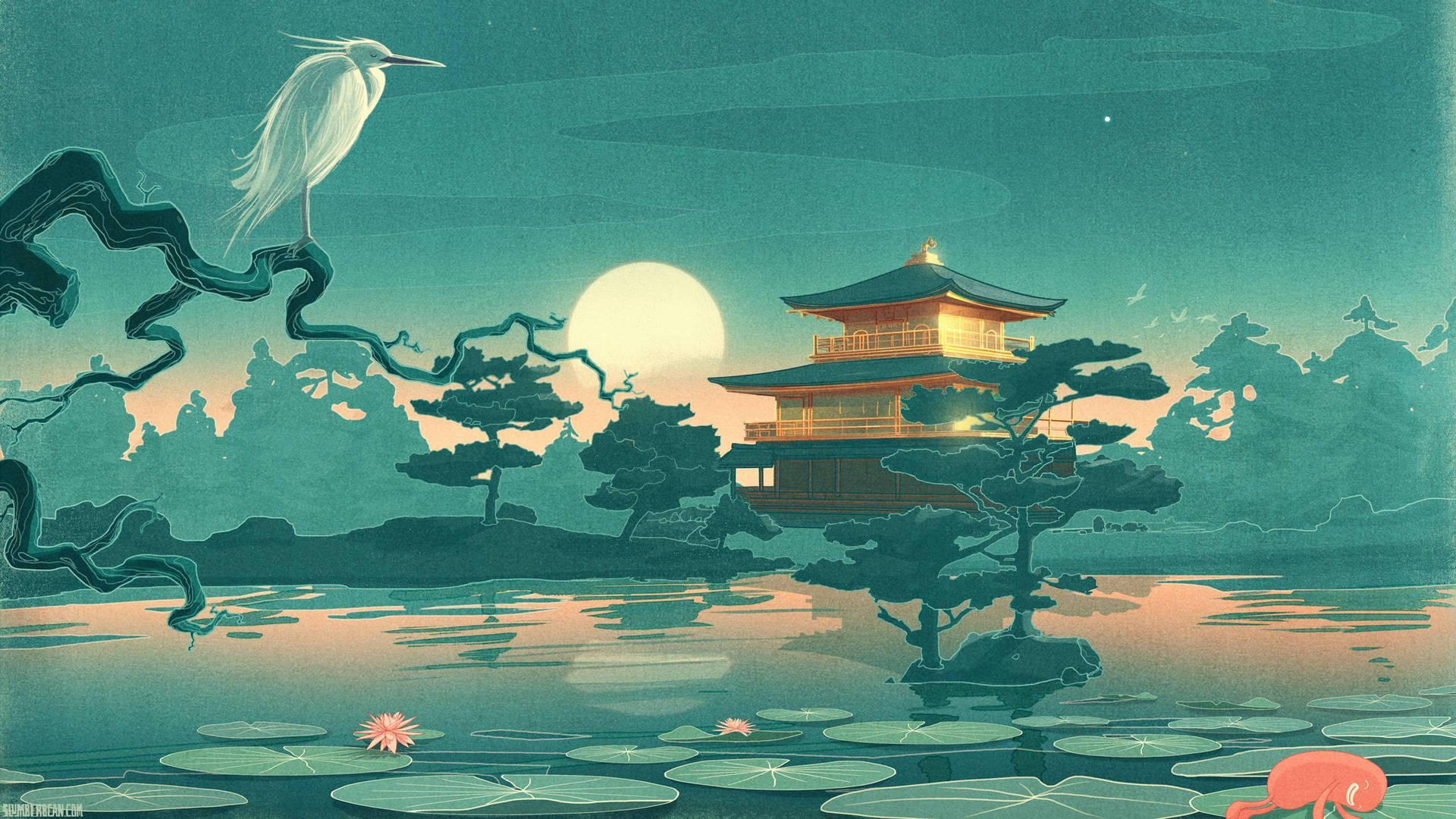In Japan, the bow is more than just a gesture of politeness; it’s a deeply ingrained cultural practice that carries significant meaning and symbolism.
From formal greetings to expressions of gratitude, the bow is a ubiquitous part of Japanese social interaction. But why do Japanese people bow, and how does this custom relate to Buddhism, one of the country’s major religions? Let’s delve into the rich tapestry of Japanese culture and its spiritual influences.
Cultural Significance of the Bow
The act of bowing in Japan is a reflection of respect, humility, and sincerity. It serves as a non-verbal form of communication, conveying a wide range of sentiments depending on the depth, duration, and angle of the bow. From acknowledging a superior’s authority to expressing appreciation for a kind gesture, the bow is a versatile tool for navigating social interactions with grace and courtesy.
Historical Origins
The tradition of bowing in Japan can be traced back to ancient times, with roots in both indigenous customs and imported practices from neighboring cultures. In pre-modern Japan, bowing was a gesture of submission and reverence towards powerful rulers and deities. Over time, it evolved into a fundamental aspect of Japanese etiquette, permeating various aspects of daily life.
Influence of Buddhism
Buddhism, which was introduced to Japan from China and Korea in the 6th century, played a significant role in shaping Japanese culture, including the practice of bowing. Central to Buddhist teachings is the concept of interconnectedness and the importance of cultivating compassion and respect for all living beings. Bowing in Buddhism symbolizes humility, gratitude, and the recognition of the inherent Buddha nature within oneself and others.
Bowing in Buddhist Rituals
In Buddhist ceremonies and rituals, bowing is a common form of devotion and reverence towards the Buddha, bodhisattvas, and other spiritual beings. Monks and practitioners often perform prostrations, a more elaborate form of bowing that involves fully prostrating oneself on the ground as a sign of utmost reverence and devotion.
Modern Interpretations
In contemporary Japan, the practice of bowing remains deeply ingrained in societal norms and etiquette. From business meetings to social gatherings, the bow continues to serve as a symbol of respect and sincerity. However, its significance extends beyond mere formality; it embodies the values of humility, harmony, and mutual respect that are deeply rooted in Japanese culture.
Conclusion: A Gesture of Reverence and Harmony
The act of bowing in Japan is a multifaceted expression of respect, humility, and interconnectedness. With its origins deeply intertwined with Buddhist teachings, the bow serves as a reminder of the spiritual values that underpin Japanese society. Whether in the context of daily interactions or formal ceremonies, the bow embodies the essence of harmony and reverence that defines Japanese culture.
Why do Japanese people always bow?
In Soto Zen one of the ways of receiving dharma from our teacher is receiving our teacher’s manner of bowing. When I join my palms together in a gesture of respect toward any being, animate or inanimate, I feel the hands of my teachers embodied in my hands. I feel my teachers’ presence in my joined palms. I also feel the presence of their teachers, all the way back to Shakyamuni Buddha.
Dogen said that when there is bowing in this world, the buddha way flourishes; when there is no bowing in this world, the buddha way perishes.
Many Western students of Zen have some resistance to the formal practice of bowing, especially the practice of full prostration. This resistance can manifest itself as being unwilling to practice the bow or being overly enthusiastic in practicing the bow. Such resistance is good: it is through working with it that you find the balanced, upright attitude with which bowing is practiced by the buddhas. Finding the place of balance between belligerence and obsequiousness reveals the selfless path of the awakened ones, where a bow is just a bow.
The practice of bowing offers an opportunity for cutting through all dualities of self and other, sentient being and buddha.
As Suzuki Roshi said, “When you bow, there is no buddha and no you. One complete bow takes place. That is all. This is nirvana.
According to the book Being Upright: Zen Meditation and the Bodhisattva Precepts
By Tenshin Reb Anderson.



